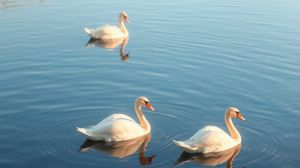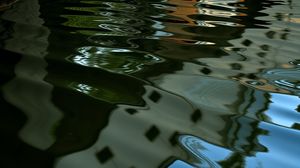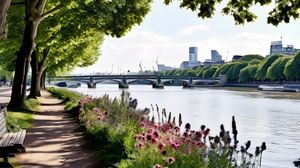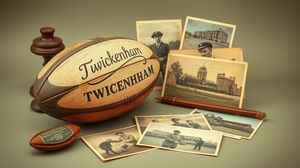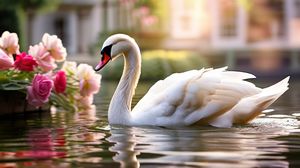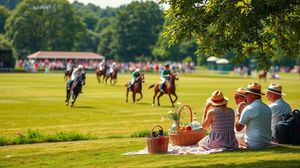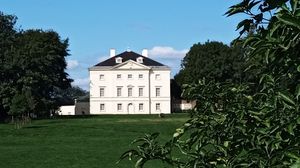
Bushy Park, located in the London Borough of Richmond upon Thames, is the second largest of London's Royal Parks. Known for its vast open spaces, it is a beloved destination for both locals and tourists seeking a slice of tranquility and natural beauty amidst the bustling city.
The park boasts a rich history, originally established as a royal hunting ground by King Henry VIII in the 16th century. Today, it is celebrated not for hunting but for its wildlife, manicured gardens, and sprawling woodlands.
One of the unique features of Bushy Park is its Chestnut Avenue, a grand avenue of chestnut trees that was designed by Sir Christopher Wren, famous for designing St. Paul's Cathedral. The avenue runs through the park and adds a spectacular visual dimension to the landscape.
Bushy Park is home to a number of interesting herds of deer, which have roamed freely since the time of King Henry VIII. The presence of these deer adds a touch of wild charm and offers fantastic opportunities for wildlife photography, making it a unique attraction in London.
The park contains some curious architectural features, including the Diana Fountain, a striking 17th-century bronze statue. Previously located in the grounds of Hampton Court Palace, it was moved to Bushy Park during the reign of William III and continues to be a focal point for visitors.
Bushy Park is not just about nature; it also offers a slice of military history with the Upper Lodge Water Gardens, constructed during World War II for training engineers in bridging and canal construction. Today, it's a beautiful and serene spot for leisurely strolls.
Environmental enthusiasts will appreciate the diverse habitats within the park, ranging from wetlands and grasslands to ancient woodland. Bushy Park serves as an important conservation area and is home to a wide array of flora and fauna, including several rare species.
For those seeking leisure activities, Bushy Park offers facilities for sports, including rugby and cricket pitches. It is also popular among joggers, cyclists, and horse riders, providing ample space and trails for various outdoor pursuits.

Making the Most of Your Visit:
Start your day early if you want to catch a glimpse of the deer. They are often more active in the cooler mornings, grazing or wandering around the park, which makes for some fantastic photo opportunities without too many crowds around.
If you're particularly interested in the Chestnut Avenue, try planning your visit during late spring when the chestnut trees are in bloom. The avenue becomes a spectacular sight with the blossoms providing a picturesque backdrop for a leisurely walk.
Keep an eye out for the unusual hollow tree trunks scattered throughout the park. These ancient trees not only offer a touch of historical intrigue but also provide a wonderful habitat for various species of wildlife. They're quite a sight on their own and make for great exploration spots.
Visit the Upper Lodge Water Gardens if you're after some tranquility. They are one of the more serene parts of the park and perfect for a peaceful retreat. Pack a picnic and enjoy the tranquil surroundings by the water, particularly during a sunny afternoon.
Don't miss the Teddington Gate exit for a quick trip to the nearby Teddington Lock. It's a lovely waterfront spot, and you might even catch some boats passing through, offering a nice wind-down to your park visit.

Visiting Times & Costs:
Bushy Park is open to the public year-round, making it an accessible destination for nature lovers and leisure seekers in London. There is no entrance fee, meaning visitors can enjoy all the park has to offer for free.
The park is generally open from early in the morning until dusk, aligning its closing times with the onset of evening. However, specific opening times may vary slightly depending on the season, so it is advisable to check current times prior to your visit.
Most of Bushy Park is highly accessible, with a number of well-maintained paths suitable for wheelchair users and those with limited mobility. Accessibility may vary in more natural or wooded areas, and visitors are encouraged to explore paths that best match their mobility needs.
To facilitate accessibility further, there are disabled parking spaces available at the park. For those who require rest areas, benches are conveniently placed at intervals along the main routes.

Address & Map:

Nearby:

